Name Mariano Fortuny Role Designer | Parents Maria Fortuny | |
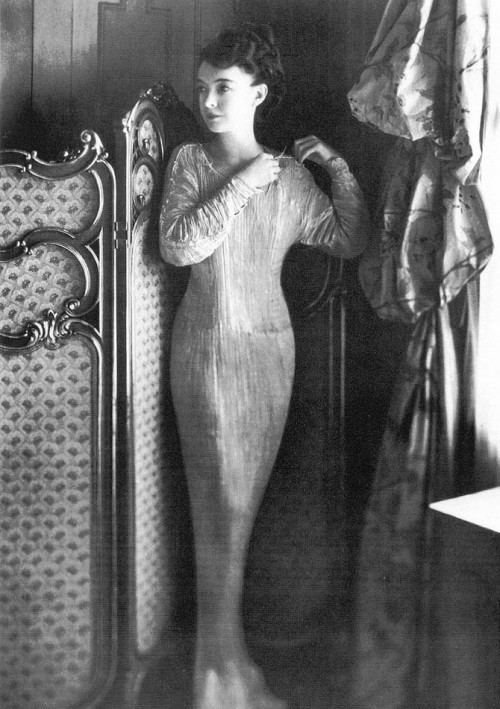 | ||
Otis fashion presentation mariano fortuny
Mariano Fortuny y Madrazo (in Catalan Marià Fortuny i de Madrazo, [məˈɾja fuɾˈtuɲ i ðə maˈðɾaθo]; 11 May 1871 – 3 May 1949) was a Spanish fashion designer who opened his couture house in 1906 and continued until 1946. He was the son of the painter Mariano Fortuny y Marsal.
Contents
- Otis fashion presentation mariano fortuny
- Mariano fortuny
- Life
- Lighting engineer
- Fashion designer
- Palazzo
- References
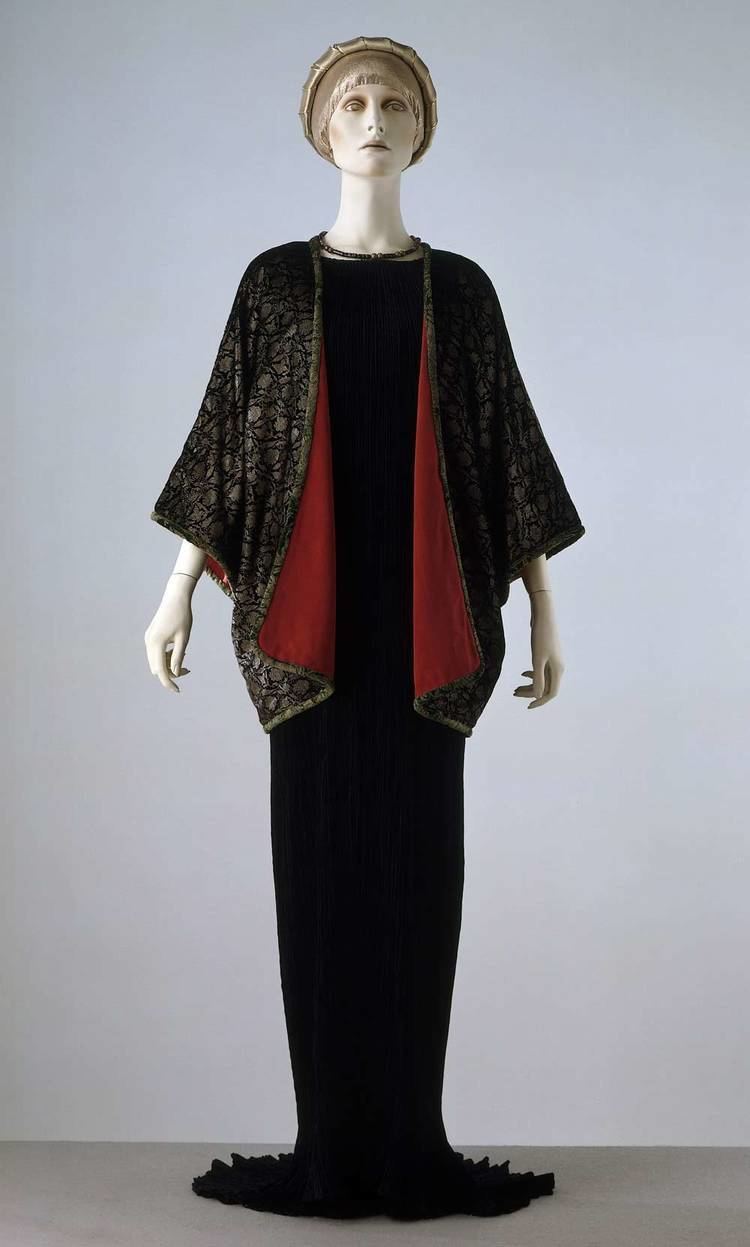
Mariano fortuny
Life
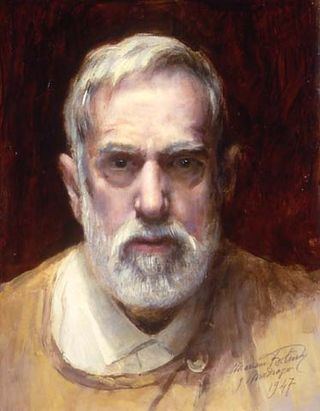
Fortuny was born on 11 May 1871, to an artistic family in Granada, Spain. His father, a genre painter, died when Fortuny was three years old and his mother, daughter of another painter, Raimundo de Madrazo y Garreta, moved the family to Paris, France. It became apparent at a young age that Fortuny was a talented artist, as he, too, showed a talent for painting as well as a passion for textiles. During his childhood he was introduced to many different textiles and fabrics, which greatly imprinted upon his creativity. His parents were very passionate for materials and had their own collections of textiles from various shops they had visited in Europe. His father even collected metalwork and armour from previous ages as a hobby. As a young child he was fascinated with all of these textiles and would even dye pieces of material for amusement.It was this exposure that led him to grow up and begin designing and producing his own textiles and dresses. The family moved again in 1889 to Venice, Italy. As a young man, Fortuny travelled throughout Europe seeking out artists he admired, among them the German composer Richard Wagner. Fortuny became quite varied in his talents, some of them including inventing, painting, photography, sculpting, architecture, etching and even theatrical stage lighting. In 1897, he met the woman he would marry, Henriette Negrin, in Paris. While in Paris, using all of his creative talents, Fortuny registered and patented more than twenty inventions between 1901 and 1934.
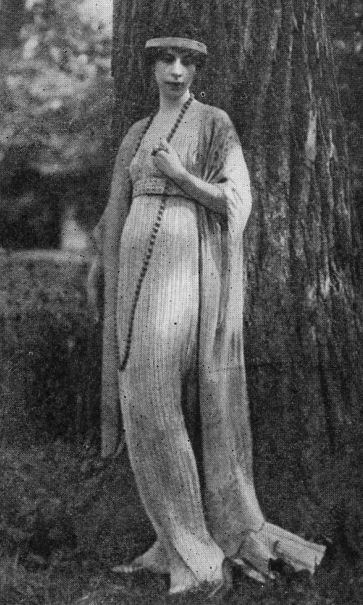
He died in his home in Venice and was buried in the Campo Verano in Rome. His work was a source of inspiration to the French novelist Marcel Proust.
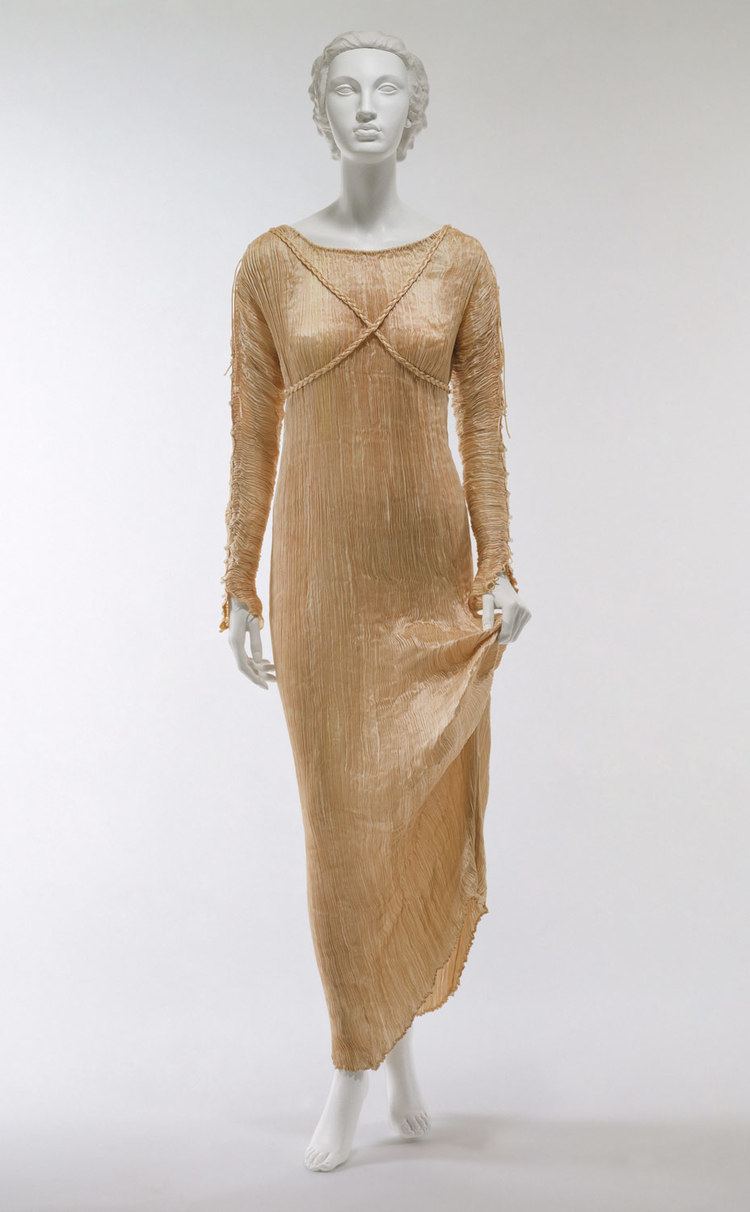
The life of the Fortuny saga has been depicted in Pere Gimferrer's novel "Fortuny".
Lighting engineer
In 1892, after seeing some of Richard Wagner’s work in Paris, Fortuny traveled to Bayreuth, Germany where Wagner had built a theater specifically designed to put on his operas. He was mesmerized by Wagner’s work and began to paint scenes for his operas when he returned to Venice. In Wagnerian drama, painting, architecture, song, dance, and poetry all worked together towards a common goal. This affected Fortuny’s outlook and was the inspiration for a brand new type of theater design where the designer and the technician would work together on a project from idea to realization. Fortuny and other followers of this concept believed that one can only improve the quality of a product by having a good knowledge of something’s raw materials and the process of its construction. He also thought that the best type of design was created when the artist knew how to realize the design and controlled all of the steps in the creative process.
Through his experiences with Wagner and the theatre, Fortuny became a lighting engineer, architect, inventor, director, and set designer. As a set designer, he wanted to create a more seamless way of transitioning from one scene to another other than flying out a backdrop and bringing in a new one. He began experimenting with light and different ways to do this in the attic of his palazzo in Italy. With his experimentation, he found that reflecting light off of different surfaces could change the color, intensity and other properties of light. His 1904 treatise Eclairage Scenique ("Stage Lighting") describes the discovery that formed the basis of his indirect lighting technique. He concluded that, "... it is not the quantity but the quality of light that makes things visible and allows the pupil ... to open properly."
He used these indirect lighting techniques in his new invention, the Fortuny cyclorama dome, a quarter dome shaped structure of plaster or cloth. Fortuny first filed a patent for his indirect theatrical lighting system in 1901 and constantly refined his invention thereafter. The shape created the look of a more extensive sky and Fortuny could create any type of sky he wanted by reflecting light onto it in a certain way. He could even reflect clouds on the backdrop by painting different things on the mirrors that reflected light onto the dome.
During the 1920s Fortuny’s contribution to the theatre gained widespread recognition. After studying and perfecting his dome, its use was becoming more popular in many theatres in Europe. He was soon contracted to install his dome in the famous opera house, La Scala of Milan. However, for this project he was required to make some adaptations for the dome to be used at its maximum potential. The theatre was much larger than his original dome so he increased the size so that he could allow the dome to fill the space of the stage completely. He also made it so that the dome was "electrically controlled and could fold and unfold like a giant accordion in the space of 90 seconds. Even more impressively, he invented a suction fan, specifically for this project, which forced out the air so as to keep the structure taut. From the audience’s point of view this helped the backdrop’s depth to seem almost infinite as if you were looking at a night sky that never ended. After all the adaptations were made and the construction was completed, the dome successfully opened on 7 January 1922, with a production of Parsifal.
From the same concept of the dome, Fortuny created a lamp that could be used to recreate indoor lighting onstage, the Fortuny Moda Lamp. Although originally intended for use as a stage lamp and patented in 1903, this lighting fixture remains popular as a floor lamp.
Fashion designer
The achievements that Fortuny is most well known for were made in the field of fashion design. His wife, Henrietta, was an experienced dressmaker who helped to construct many of his designs. They lived in a palazzo in Venice that Fortuny filled with the artwork of his father, art that his father collected, and other art and artefacts that inspired him. He called the palazzo his "think tank" where he had many rooms set up for experiments and inventions as well as rooms for inspiration. Fortuny drew from styles of the past for his fashion design as well, inspired by the light, airy clothing of Greek women that clung to the body and accentuated the natural curves and shape of a woman’s body.
Fortuny rebelled against the style lines that were popular during his time period and created the Delphos gown, a shift dress made of finely pleated silk weighed down by glass beads that held its shape and flowed on the body. The pleating that he used was all done by hand and no one has been able to recreate pleating that is as fine as his or has held its shape like his dresses have for many years. He also manufactured his own dyes and pigments for his fabrics using ancient methods. With these dyes he began printing on velvets and silks and dyed them using a press that he invented with wooden blocks that he engraved the pattern onto. His dresses are seen as fine works of art today and many survive, still pleated, in museums and personal collections.
In Paris, Fortuny garments were retailed by Babani, who sold Delphos dresses and other garments to the actress Eleonora Duse.
In 2012, the Queen Sofia Spanish Institute in New York City mounted an exhibition of his work.
Palazzo
Nowadays the Fortuny Museum is housed in the Venetian Gothic palazzo in Venice, the former home, studio, showroom and "Think-Tank" of Mariano Fortuny, who acquired it at the beginning of the 20th century. Fortuny invented in his Palazzo the Delphos gown, a gown based on the ancient Grecian style; and the Knossos Scarf, a silk scarf also inspired by this civilization. Fortuny also created new methods of dying textiles and well as ways of printing on fabrics. He created the Fortuny cyclorama dome, a stage lighting innovation that could be used to create lighting effects such as a bright sky or a faint dusk; and the Fortuny lamp, for indoor lighting.
Fortuny also is remembered for his brightly coloured pleated gowns. He was an eclectic art-collector of everyday objects and works of art derived from every phase of artistic evolution and an organizer of lectures, concerts and discussions.
